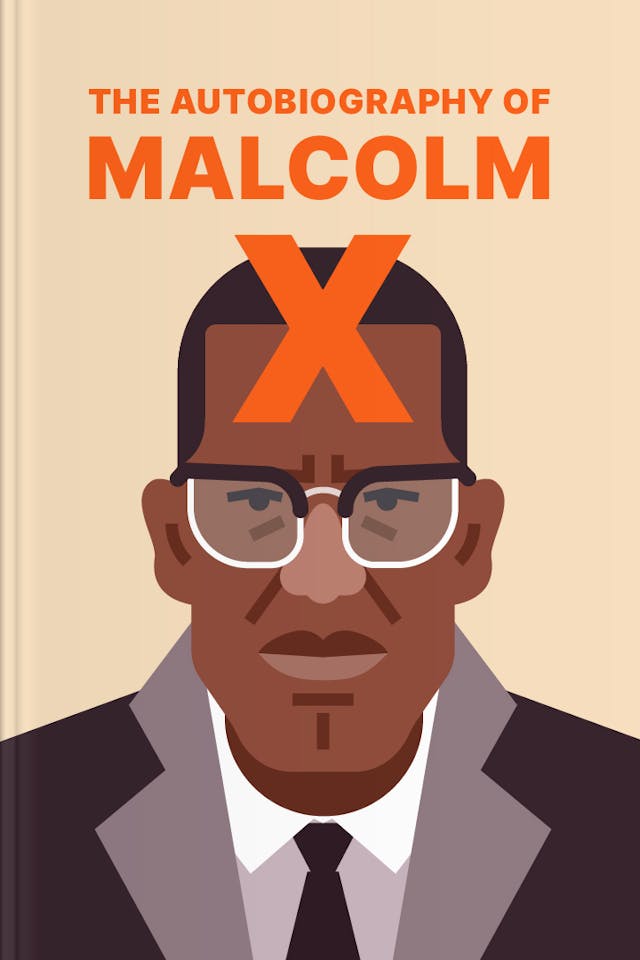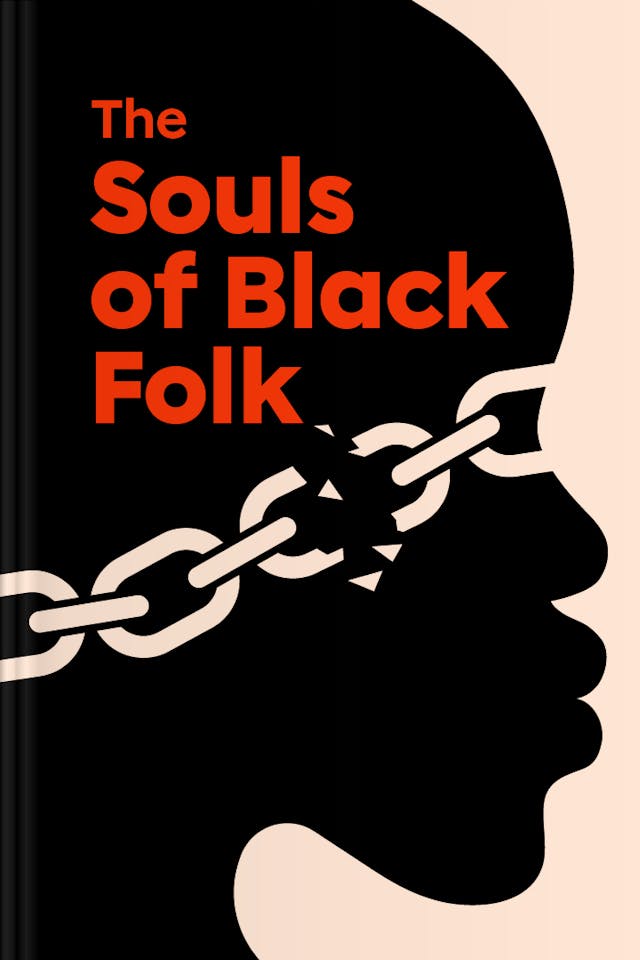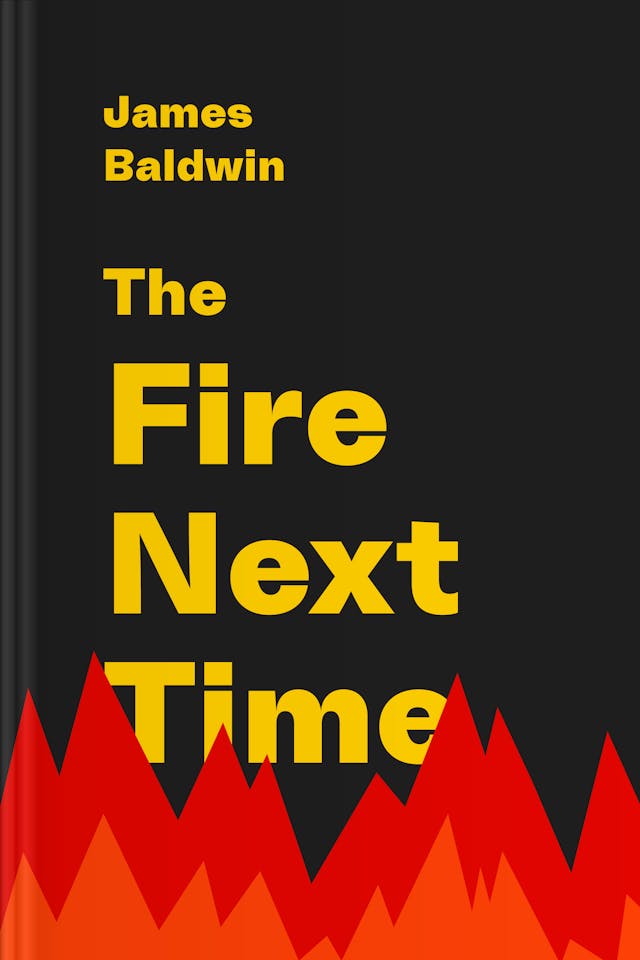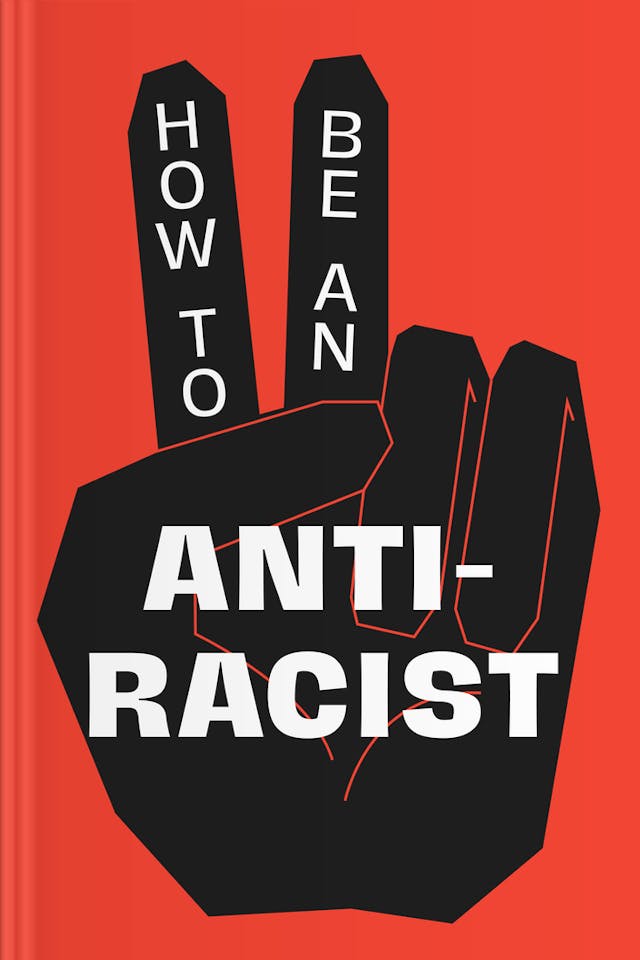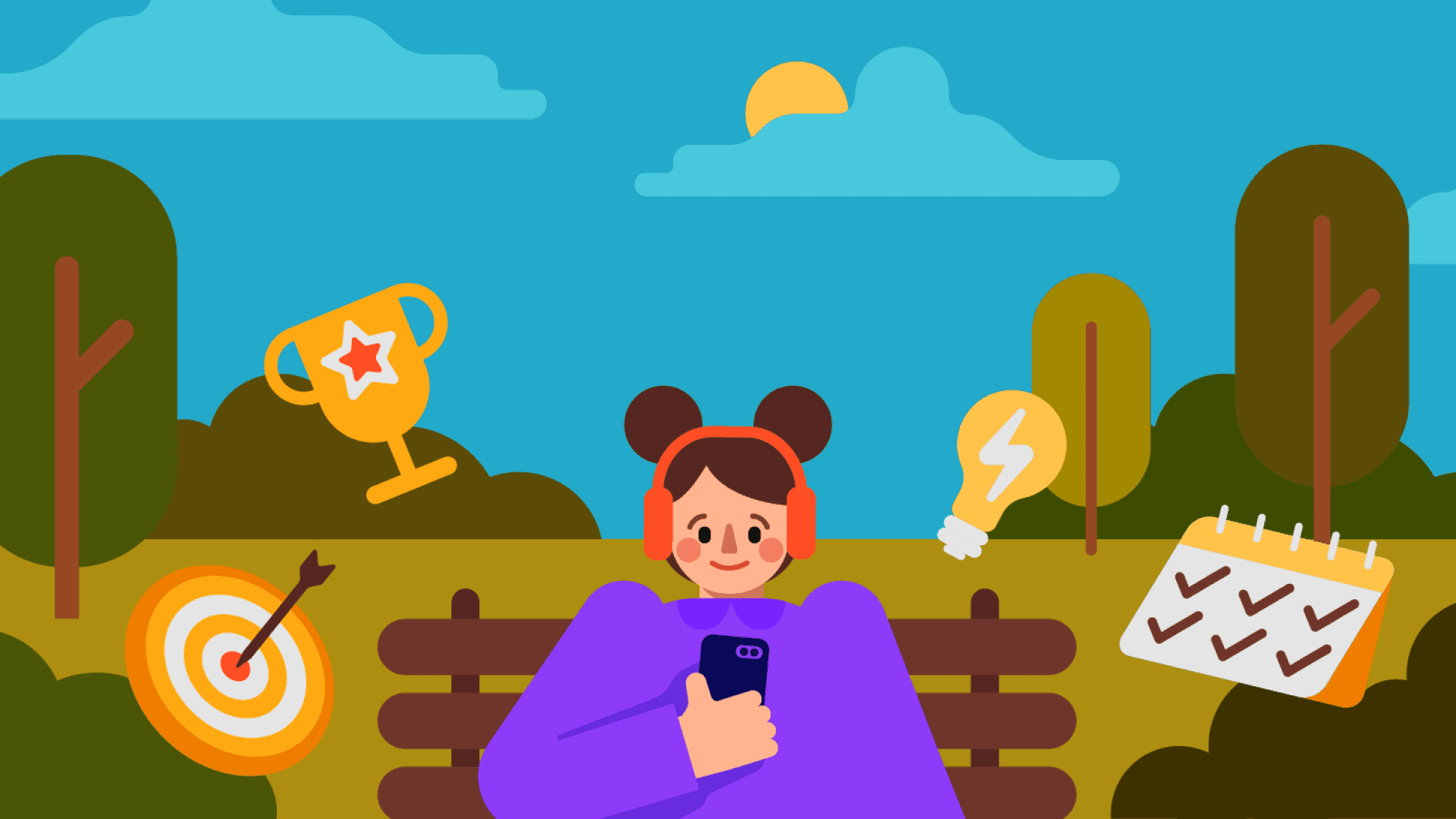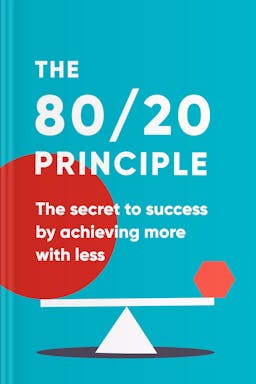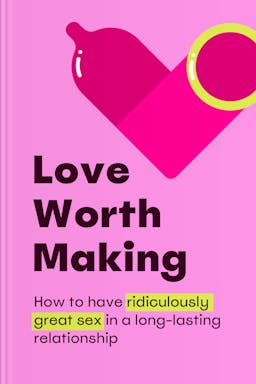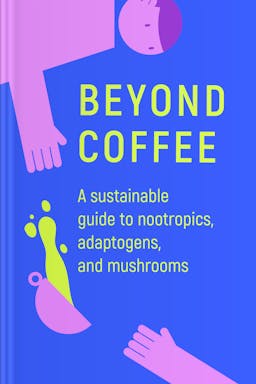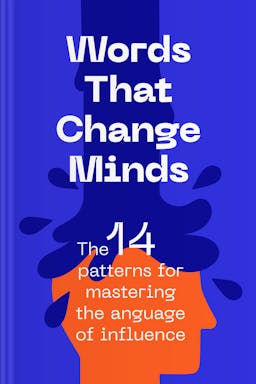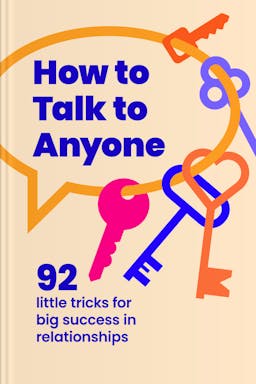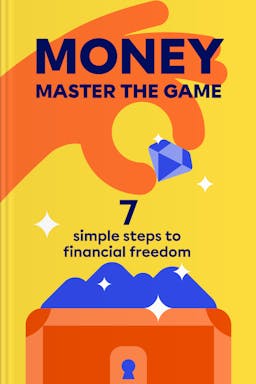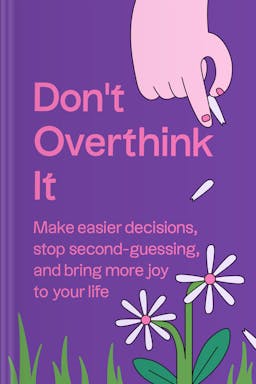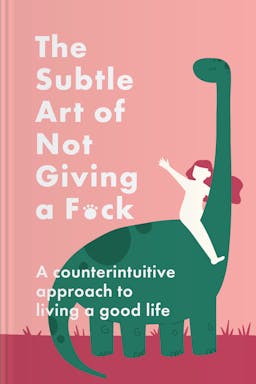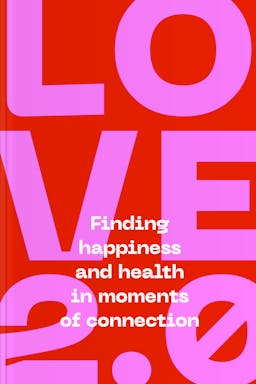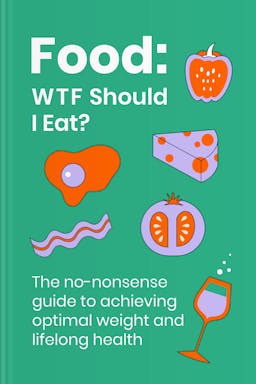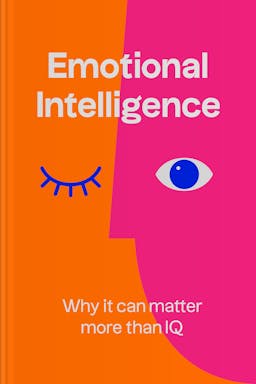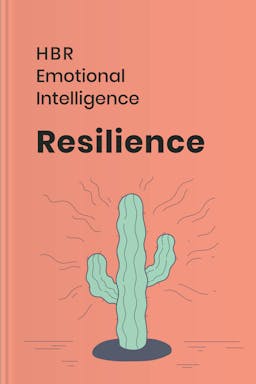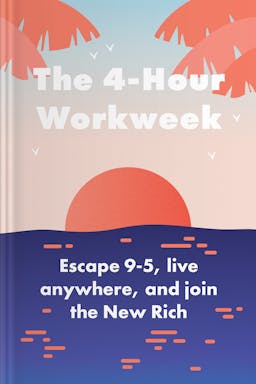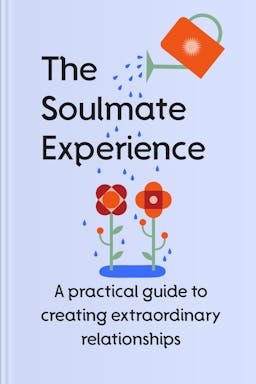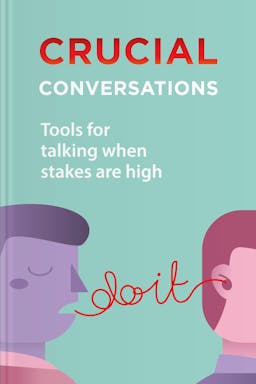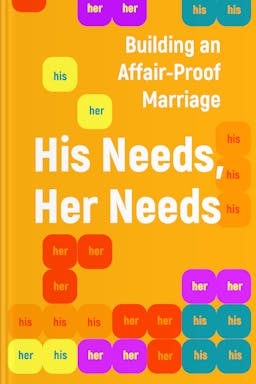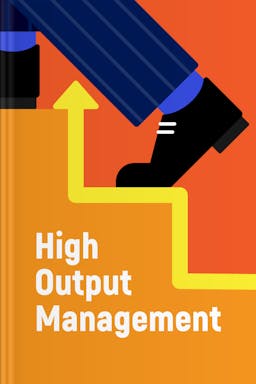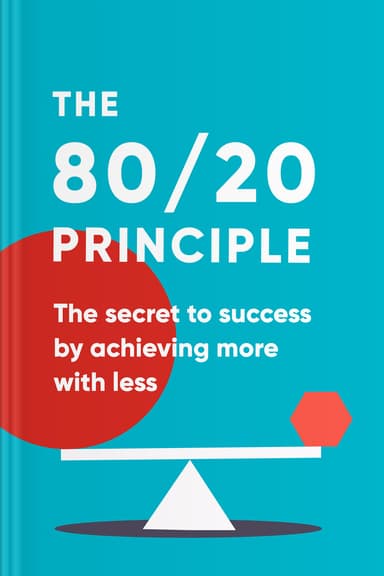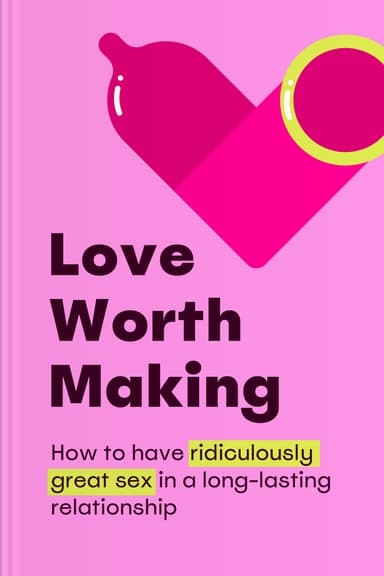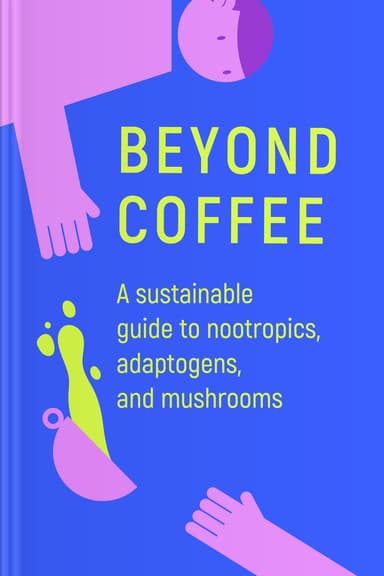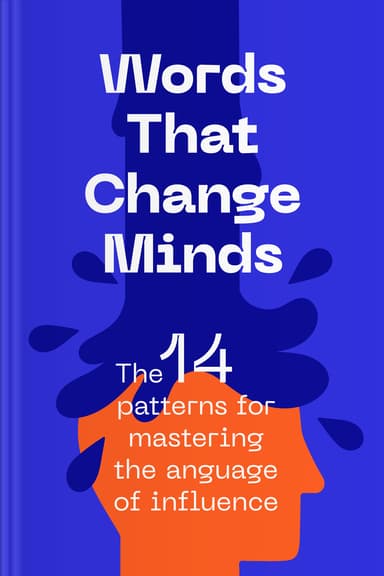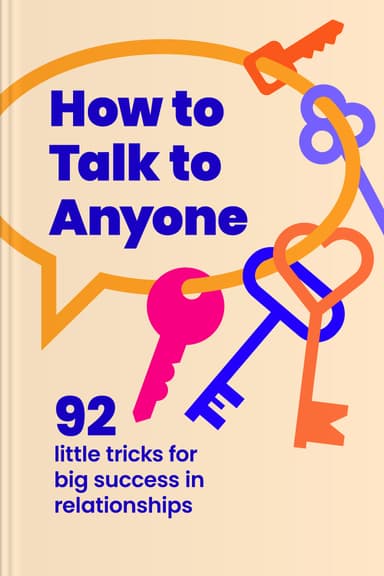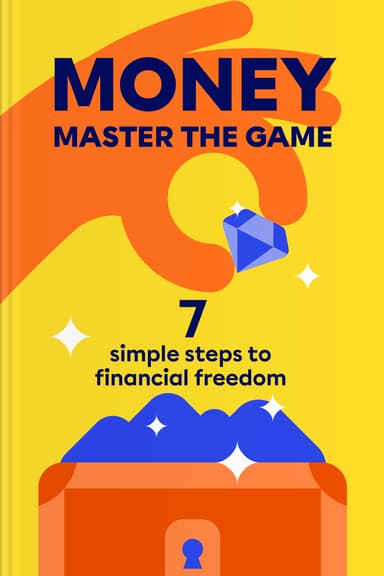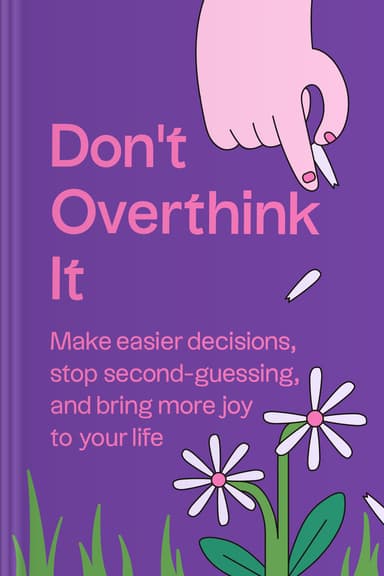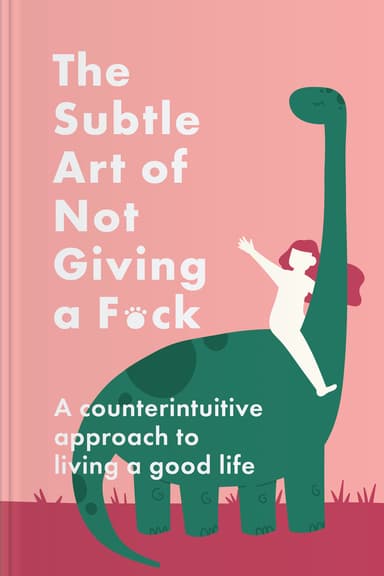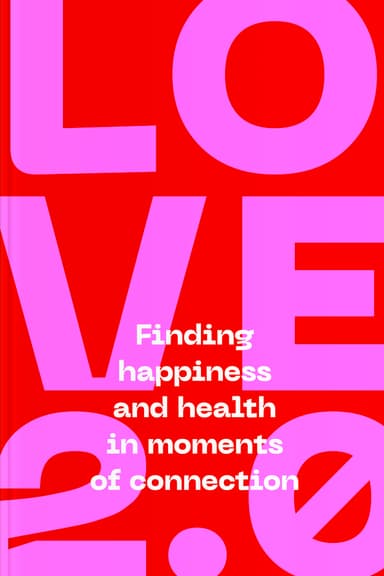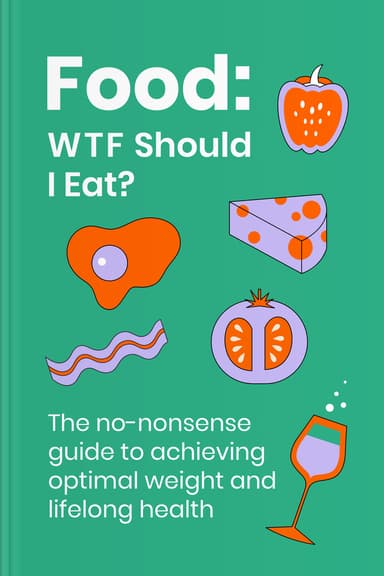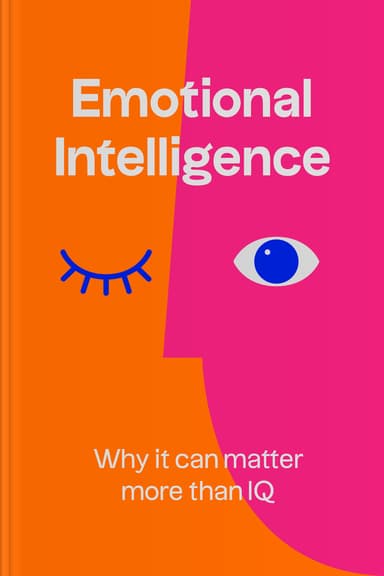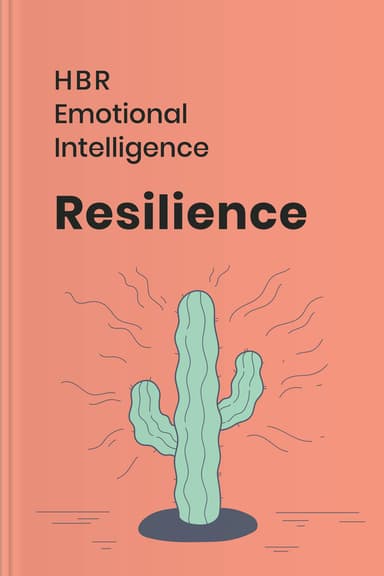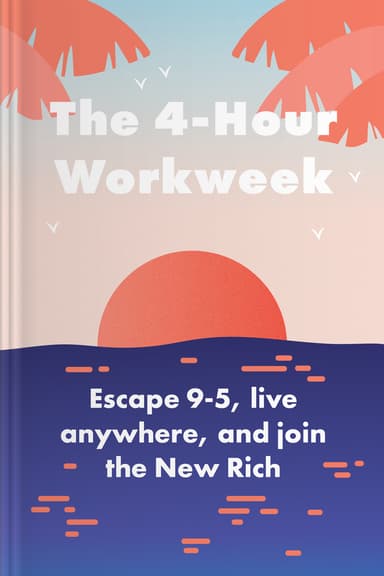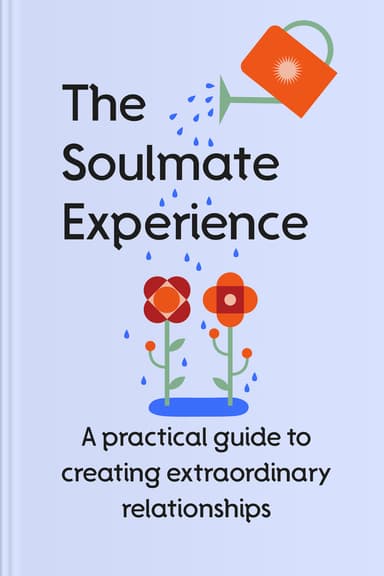
What’s inside
Key points
Mother Earth isn't just a literal expression
In Western culture, we see the world through the lens of hierarchy. People are incomparable, occupying the top position while others are beneath them. Unsurprisingly, we often treat animals, plants, or land as resources. We all know the consequences of this attitude: global warming, deforestation, over-fishing, extinction of species, tons of waste, and the like. It's high time for us to rethink our relationship with nature.
What is the alternative approach? Native Americans believe people are the youngest on Earth; therefore, they should learn from other beings. Let's look at plants. They provide for themselves and sustain life on the whole planet. When insects attack a tree, it manufactures pheromones, warning others and encouraging them to produce defensive chemicals. Forests also have “social media” — fungal strands in soil. These networks resemble Robin Hood. They distribute the carbohydrates equally among all the trees. Impressive, right?
Initially, we were all aware of nature's wisdom and had a respectful attitude toward it. Yet we have abandoned this knowledge while adjusting to capitalistic society's rules. It's mostly forgotten but not lost. Native Americans remember it. So do our brains as reactions to humus confirm. Join our eye-opening expedition to recall the principles that will help to save the Earth for future generations.
Science is a crucial source of knowledge, but not the only one



